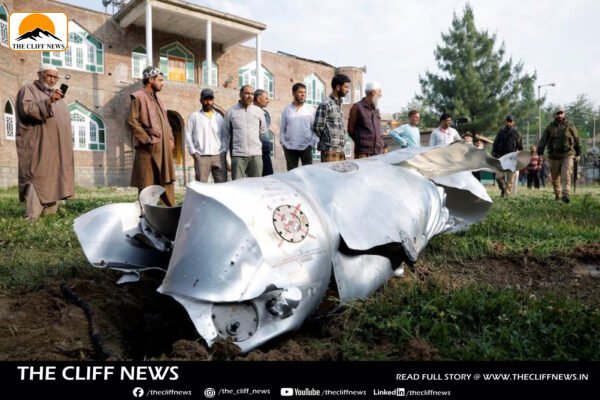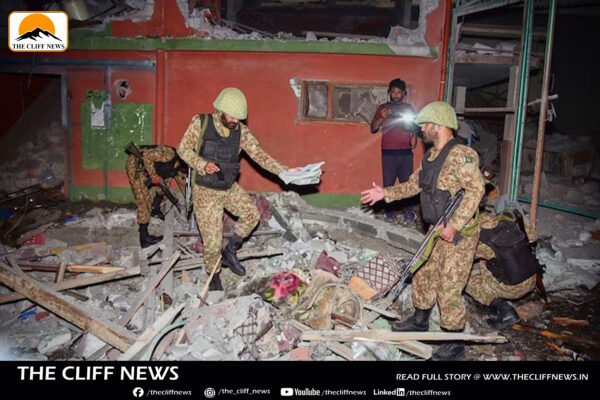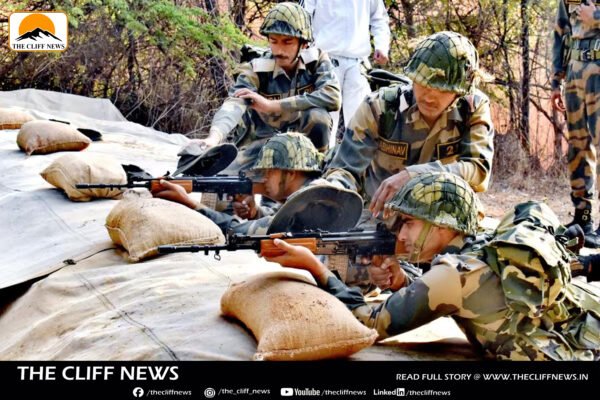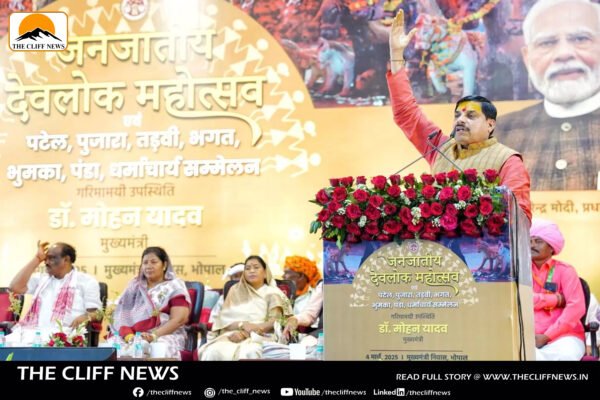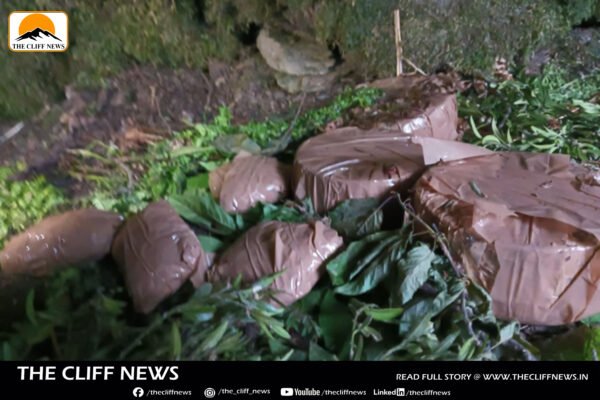Union Cabinet Approves ₹60,000 Crore ITI Upgradation Scheme to Enhance Skilling Infrastructure
In a significant move to upgrade the country’s skilling infrastructure, the Union Cabinet has approved a new Industrial Training Institute (ITI) Upgradation Scheme. The initiative, which aims to revamp 1,000 government ITIs, will follow a hub-and-spoke arrangement and focus on industry-aligned trades to better equip the workforce for modern industry needs. This scheme was announced in the Union Budget 2024–25. The scheme will be implemented over a five-year period as a centrally sponsored project at a total cost of ₹60,000 crore, with the Central Government contributing ₹30,000 crore, the State Governments adding ₹20,000 crore, and the Industry sharing ₹10,000 crore. Furthermore, 50% of the central share will be co-financed equally by the Asian Development Bank and the World Bank. Aiming to address the shortcomings of past financial schemes, which were deemed insufficient for the full upgradation needs of ITIs, this new initiative will offer need-based investment provisions. These provisions will provide flexibility in fund allocation based on each ITI’s infrastructure, capacity, and specific trade requirements. Additionally, the Union Cabinet has approved the establishment of five National Centres of Excellence for Skilling at existing National Skill Training Institutes (NSTIs) in Bhubaneswar, Chennai, Hyderabad, Kanpur, and Ludhiana. This was also part of the Finance Minister’s Budget announcement in February. The first NSTI was opened in 1963, and there are currently 33 such institutes in India. Their primary focus has been on training trainers to enhance skill development. The ITI upgradation scheme is expected to benefit over 2 million youth by offering courses tailored to meet the human capital needs of industries, including MSMEs. This will ensure better alignment between local workforce supply and industry demand, enabling industries to access employment-ready workers. The overarching goal of the scheme is to address long-standing challenges related to infrastructure, course relevance, employability, and the perception of vocational training. Through this initiative, ITIs will be positioned at the forefront of India’s journey toward becoming a global manufacturing and innovation powerhouse.


